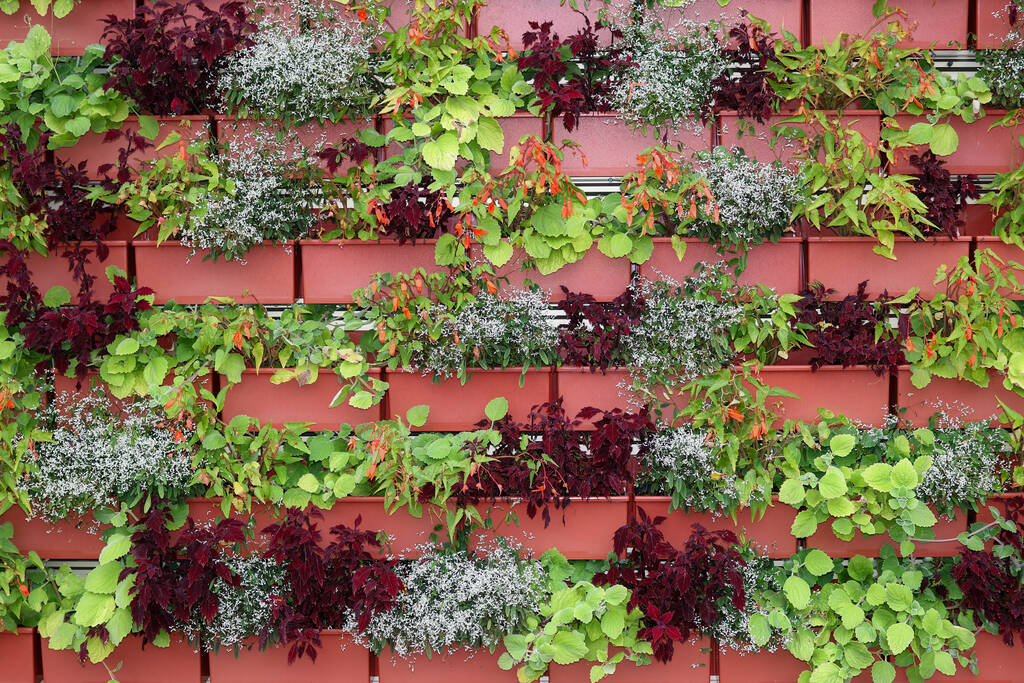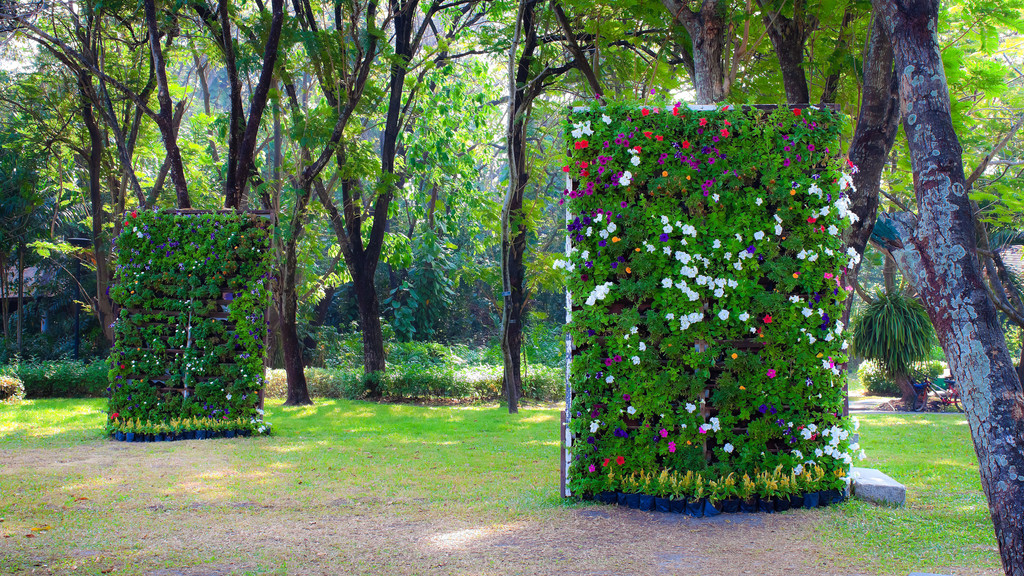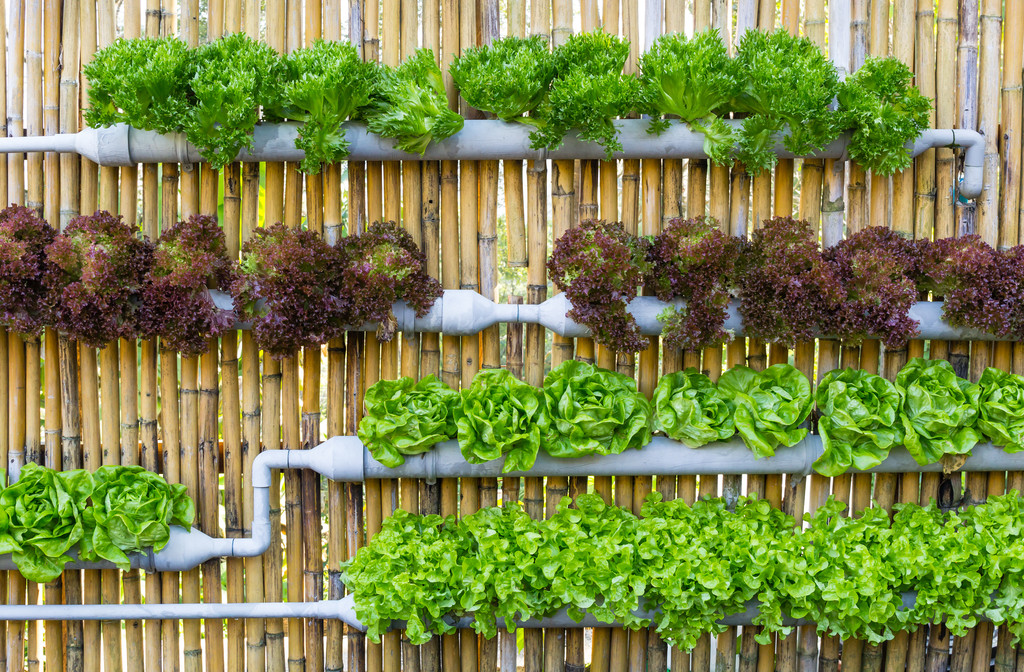Vertical gardening is a creative and efficient way to make the most of limited space while enhancing the aesthetic appeal of your garden. Whether you have a small balcony, a tiny backyard, or just want to add a unique touch to your existing garden, vertical gardening offers endless possibilities. This guide will explore the benefits, techniques, and plant options for vertical gardening, helping you transform your space into a lush, green oasis.
Benefits of Vertical Gardening
Space Efficiency
One of the primary benefits of vertical gardening is the efficient use of space. By growing plants upwards instead of outwards, you can maximize your growing area, making it ideal for small spaces like balconies, patios, and urban gardens. This method allows you to have a rich and diverse garden without needing a large footprint.
Aesthetic Appeal
Vertical gardens add a unique and eye-catching element to any space. They can serve as living walls, green fences, or even art installations, providing a striking visual impact. The lush greenery and colorful blooms of a vertical garden can enhance the beauty of your home, creating a serene and inviting atmosphere.
Improved Air Quality
Plants are natural air purifiers, and a vertical garden can help improve air quality in your home or outdoor space. The increased surface area of foliage helps to filter pollutants and produce oxygen, creating a healthier environment.
Enhanced Privacy
Vertical gardens can also serve as natural privacy screens. They can block unsightly views, reduce noise, and create a sense of seclusion. This is especially beneficial in urban settings where space and privacy are often limited.
Accessibility
For those with mobility issues or who find traditional gardening challenging, vertical gardens offer an accessible alternative. Plants can be grown at eye level or higher, reducing the need for bending and kneeling.
Techniques for Vertical Gardening
Wall-Mounted Planters
Wall-mounted planters are one of the simplest ways to start a vertical garden. These can be attached to walls, fences, or railings and come in various sizes and materials. You can use individual pots, troughs, or specially designed vertical planters to create a custom look.
Trellises and Arbors
Trellises and arbors provide support for climbing plants such as vines, beans, and flowering creepers. These structures can be made from wood, metal, or plastic and can be freestanding or attached to walls. Trellises and arbors not only support plant growth but also add an architectural element to your garden.
Vertical Garden Panels
Vertical garden panels are modular systems that can be mounted on walls. They consist of pockets or containers that hold soil and plants, allowing you to create a green wall. These panels often have built-in irrigation systems, making them low-maintenance and easy to manage.
Hanging Planters
Hanging planters are another versatile option for vertical gardening. They can be suspended from ceilings, beams, or hooks, allowing you to grow plants at various heights. Hanging baskets, pots, and even repurposed containers can be used to create a cascading effect of greenery.
Pallet Gardens
Repurposing wooden pallets into vertical gardens is an eco-friendly and cost-effective option. Pallets can be stood upright and filled with soil and plants, creating a rustic and charming garden display. They are ideal for growing herbs, succulents, and small flowers.
Hydroponic Systems
For those interested in soilless gardening, hydroponic systems are an excellent choice. These systems use nutrient-rich water to grow plants and can be set up vertically to save space. Hydroponic towers and wall-mounted systems are available for growing a variety of plants, including vegetables and herbs.

Plant Options for Vertical Gardening
Choosing the right plants is crucial for the success of your vertical garden. Consider the light, temperature, and humidity conditions of your space when selecting plants. Here are some popular options:
Herbs
Herbs are ideal for vertical gardens due to their compact size and versatility. Common choices include basil, thyme, oregano, mint, and parsley. They are easy to grow and can thrive in small containers or pockets.
Vegetables
Many vegetables can be grown vertically, especially those that naturally climb or trail. Tomatoes, cucumbers, peas, and beans are excellent choices. Leafy greens like lettuce, spinach, and kale can also be grown in vertical systems with adequate support.
Flowers
Flowering plants add color and beauty to vertical gardens. Consider using petunias, begonias, fuchsias, and impatiens for vibrant blooms. Climbing flowers like clematis, morning glory, and jasmine can create a stunning display when trained on trellises or arbors.
Succulents
Succulents are perfect for vertical gardens due to their low maintenance and unique appearance. Varieties like sedum, echeveria, and sempervivum can be arranged in intricate patterns to create living art. They require minimal water and thrive in well-drained soil.
Ferns and Foliage Plants
Ferns and foliage plants can add texture and depth to your vertical garden. Boston ferns, maidenhair ferns, and pothos are great options. These plants thrive in shaded or partially shaded areas, making them ideal for indoor or covered outdoor spaces.
Tips for Successful Vertical Gardening
Choose the Right Location
Ensure your vertical garden receives adequate light for the plants you choose. Most vegetables and flowers need at least 6 hours of sunlight per day, while some herbs and ferns can tolerate lower light levels.
Proper Watering
Vertical gardens can dry out faster than traditional gardens, so consistent watering is essential. Consider using a drip irrigation system or self-watering planters to maintain optimal moisture levels.
Soil and Fertilization
Use high-quality potting soil suitable for the plants you are growing. Regular fertilization is important to replenish nutrients in the confined space of vertical planters. Organic compost or slow-release fertilizers work well.
Pruning and Maintenance
Regular pruning helps to keep plants healthy and encourages growth. Remove dead or damaged leaves and trim back overgrown plants to maintain the shape and appearance of your vertical garden.
Pest Management
Monitor your vertical garden for pests and diseases. Use organic pest control methods, such as neem oil or insecticidal soap, to keep your plants healthy and pest-free.

Final Thoughts
Vertical gardening is a versatile and rewarding way to enhance your outdoor or indoor space. With the right techniques and plant choices, you can create a beautiful and functional garden that maximizes space and adds visual interest. Whether you are a seasoned gardener or a beginner, vertical gardening offers endless opportunities to get creative and enjoy the benefits of a lush, green environment. So, start planning your vertical garden today and transform your space into a vibrant and thriving oasis.
